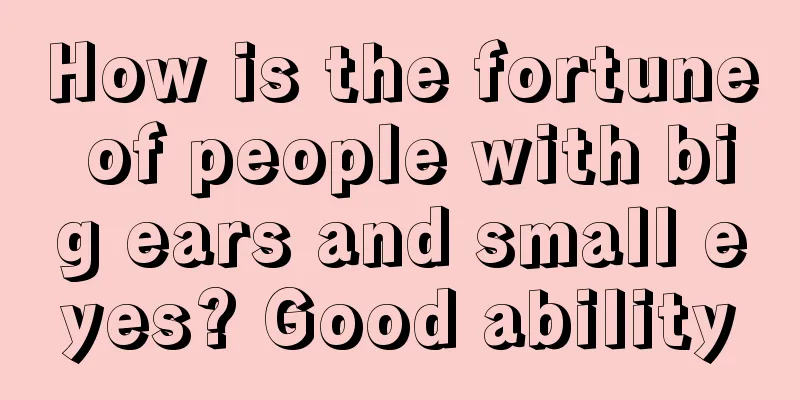ConsenSys announces the release of BTC Relay to connect Bitcoin and Ethereum

|
The ConsenSys team announced the official launch of BTC Relay, which is considered the first sidechain. BTC Relay will connect the Ethereum network with the Bitcoin network in a secure and decentralized way. BTC Relay allows users to verify Bitcoin transactions on the Ethereum blockchain by using Ethereum's smart contract function. The main idea behind sidechains is a mechanism that allows users to send transactions not only to other addresses or accounts, but also to other blockchains. This simple idea has been appreciated by Bitcoin developers and community members before. Instead of using a centralized server (such as a cryptocurrency exchange) to obtain tokens of a particular blockchain, you can simply send Bitcoins to an address and have them automatically and securely converted into tokens of that blockchain. BTC Relay is an open source project that allows the Ethereum network to connect with the Bitcoin network. BTC Rely is a smart contract based on the Ethereum blockchain. ConsenSys also announced that BTC Relay will be added to the decentralized exchange EtherEx. ConsenSys also plans to launch an Ethereum-based Bitcoin token, or ETHBTC, which can be done by locking Bitcoin in a multi-signature wallet. BTC Relay relies on a group of community members called Relayers who run a software that transmits data from the Bitcoin network blocks to the BTC Relay platform. Ethereum decentralized applications (Dapps) can then query Relay's smart contracts to verify activity on the Bitcoin network. The BTC Relay project was born and grew under the Ethereum Foundation, but when BTC Relay creator Joseph Chow joined ConsenSys, BTC Relay also moved to ConsenSys. Wanxiang Blockchain Labs funded Chow’s project development, and the funds were used for independent security audits of the platform. Ethereum co-founder Vitalik Buterin said:
The Ethereum ecosystem continues to grow. Many members of the cryptocurrency community see Ethereum as a competitor to Bitcoin, but in fact, the two can complement each other. In the future, users may be able to use Bitcoin to rent the computing power provided by the Ethereum Virtual Machine, or safely use Ether to pay for services priced in Bitcoin. |
<<: How Bitcoin is used in Africa
Recommend
French Government to Auction $34 Million Worth of Bitcoin This Week
March 16th news, according to foreign media repor...
Does a man with a big nose bring good luck to his wife?
What does it look like for a man to have a big no...
The average transaction volume of Bitcoin blocks has reached 2,250, and the transaction fee has exceeded $1
The Bitcoin network has been congested for some t...
How to read the life line in palmistry
The lifeline is one of the three main lines in ou...
What is the fate of a mole on the toe?
What is the fate of a mole on the toe? Moles on t...
The three best faces for marriage
A person's marriage determines their lifelong...
What is the fate of a man with horizontal lines on the bridge of his nose? Is it good for a man to have horizontal lines on the bridge of his nose?
Men with horizontal lines on the root of the nose...
Birthmark location and destiny map
Birthmark is also called congenital blue mark. Se...
Ethereum London upgrade is coming, what do miners and users need to pay attention to?
Original title: "Here comes Ethereum "L...
Analysis: Three major models of Bitcoin transactions in the future
In the end, Bitcoin died in China: by October 31 ...
Japan seeks to amend regulatory laws to promote large-scale innovation in Internet finance
Rage Comment : The collapse of Japan's MT.GOX...
Is the fortune of people with buck teeth good? What is the fate of people with buck teeth?
What is the personality of a person with buck tee...
How to tell if a boy has a lucky face
As the saying goes, what is destined to be yours ...
Facial features of men who cannot be married
Facial features of men who cannot be married Some...
A man who is greedy and stingy likes to take advantage of small opportunities in life
In real life, everyone loves money, and only with...









